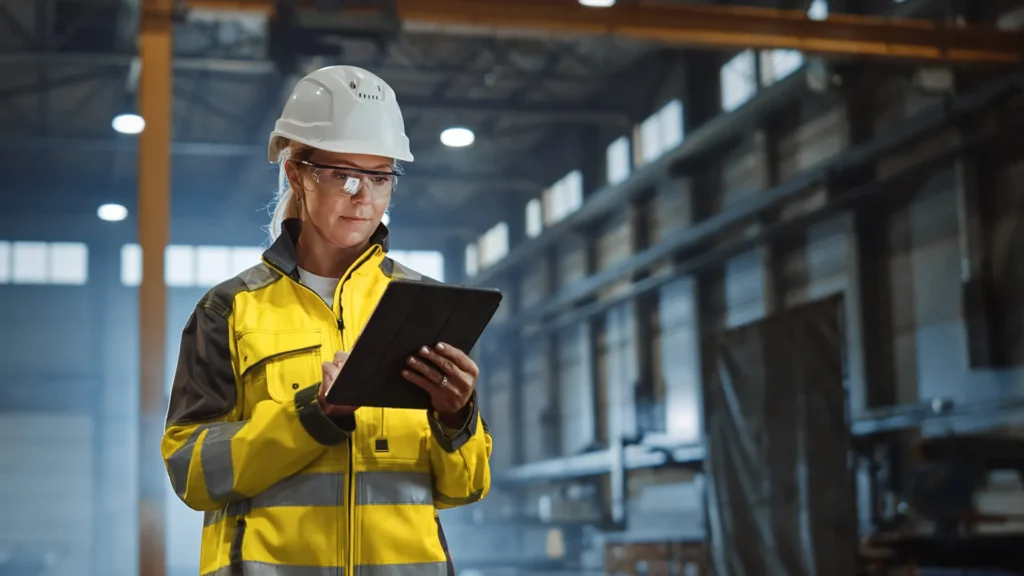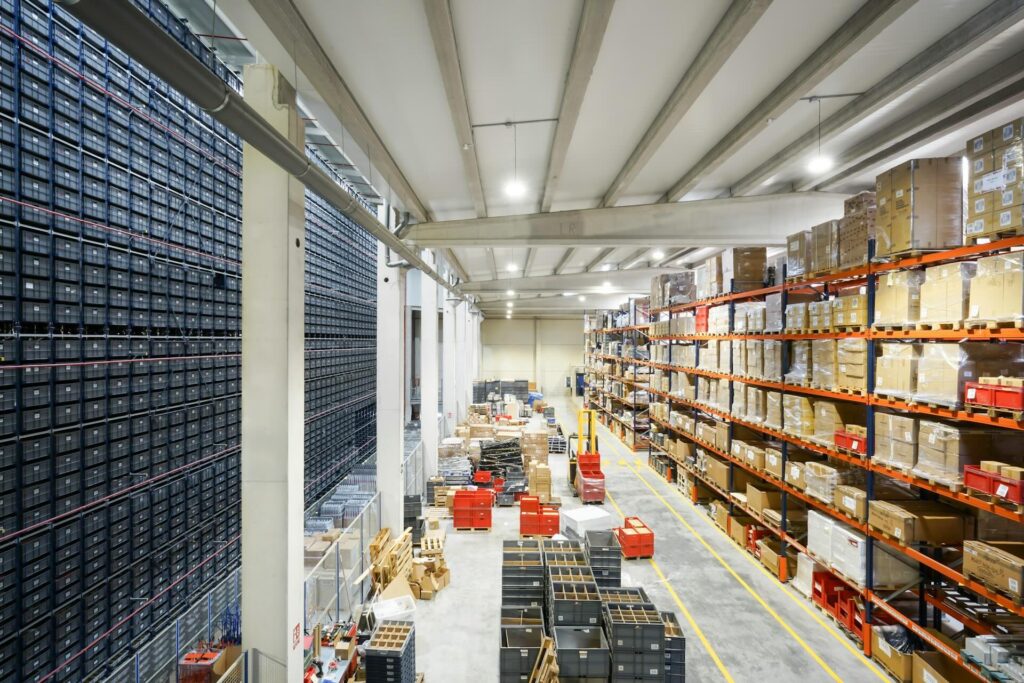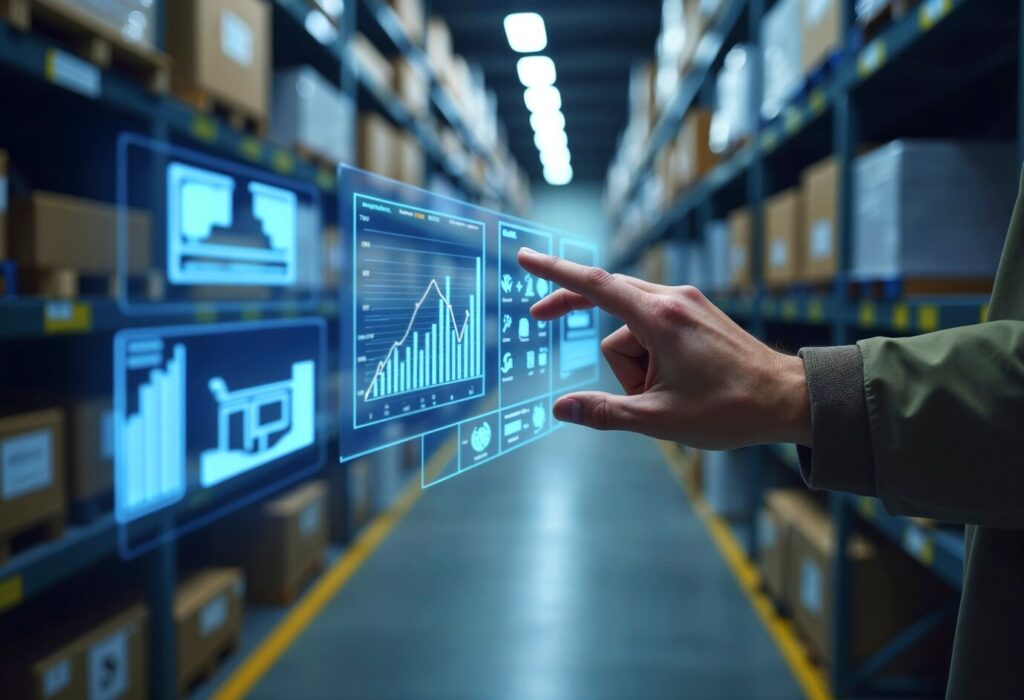Lone Working Monitoring Solution To Keep Your Workers Safe
Lone workers are those who work by themselves without close or direct supervision. It can be nature of the job or rare events when performing a certain task alone, with no one around to help in case something goes wrong. Lone workers can include employees, self-employed people or contractors. Higher number of lone workers can be seen in factories or warehouses which are highly automated where people do not perform repetitive tasks but only supervise machines and intervene when some disruptions occur.
Another industry that can be risky to lone workers is construction. Usually on construction sites people work in larger groups, however, it happens that one employee performs a task away from fixed base and the rest of the team. This happens often during plant installation, electrical repairs, maintenance, etc.
Lone workers in agriculture and forestry face high risks and slow reactions on incidents or accidents mostly due to nature of their work and remote locations.
They all are exposed to many hazards such as accidents and emergencies, where the help is delayed, or sudden illness.

Monitoring Lone Worker Safety
The employer is responsible for protecting and ensuring health and safety of lone workers. According to Section 19 of the Safety, Health and Welfare at Work Act 2005, employer is required to undertake risk assessment to determine if a worker may work alone and determine such risk. There are some industries where specification of the work ensures supervision of lone workers, for example in diving operations or explosives.
Nonetheless, lone workers must pay attention to their own safety to help employers fulfil this duty. One of the ways they can do that is to cooperate with employers on health and safety procedures, new technology, and tools and equipment. Additionally, proper reporting and detection of near-misses and incidents is incredibly important to improve lone workers safety in future to prevent accidents.
Lone workers often have higher probability of having a serious injuries and accidents due to slow response times. The most common injuries, and this is not limited to lone workers, are slips, trips and falls. When employee is alone then it becomes harder to notify anyone in case of needed help. This may or may not be an issue when working in groups as someone around them could react. Additionally, if a worker suffers from medical conditions or has a heart attack, quick response is crucial to save life.
The hazards above are not the only risks those lone workers can face. Each industry, each workplace, each facility may have its own, unique hazards. That is why, risk assessment and audits play such important roles to outline any potential risks that workers can face. Those tools help to mitigate and lower existing risks by modifying workstations and environment to make daily job safer. Such practices not only protect workers from potential accidents but also build positive safety culture, increase morale, and protect their mental health.
Lone workers monitoring can be crucial in some situations, and the more automated the process the better. For example, if a worker faints there is no way to call, text or notify to get help, and they become dependent on the systems and technology employer implemented beforehand.
Be Global Safety prepared a dedicated module to take care of safety of lone workers as part of their AI safety solution, ARVIST. This module detects lone workers/monitor lone worker automatically and in case of any safety problems or health emergencies, it sends customizable notifications to other colleagues, facility manager, HSE professional or medical professional for special attention. The detection is closely connected to man-down module, which notifies when a worker lies on the floor without movement. This also helps workers feel safe even when they are working in more remote locations away from others, after working hours or on night shifts when less employees are around.





